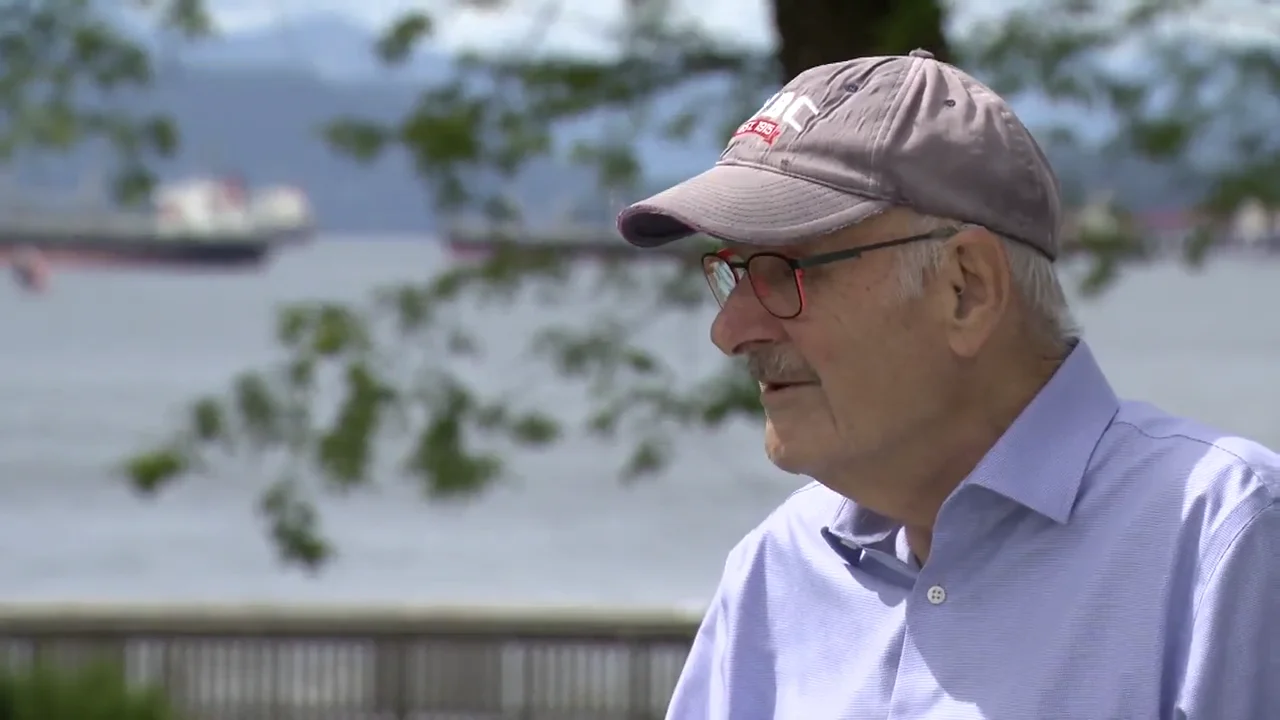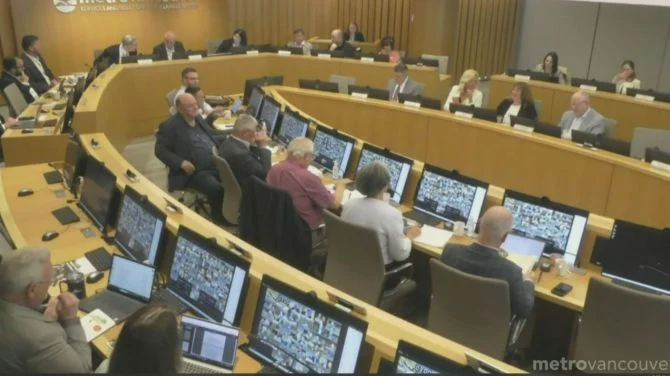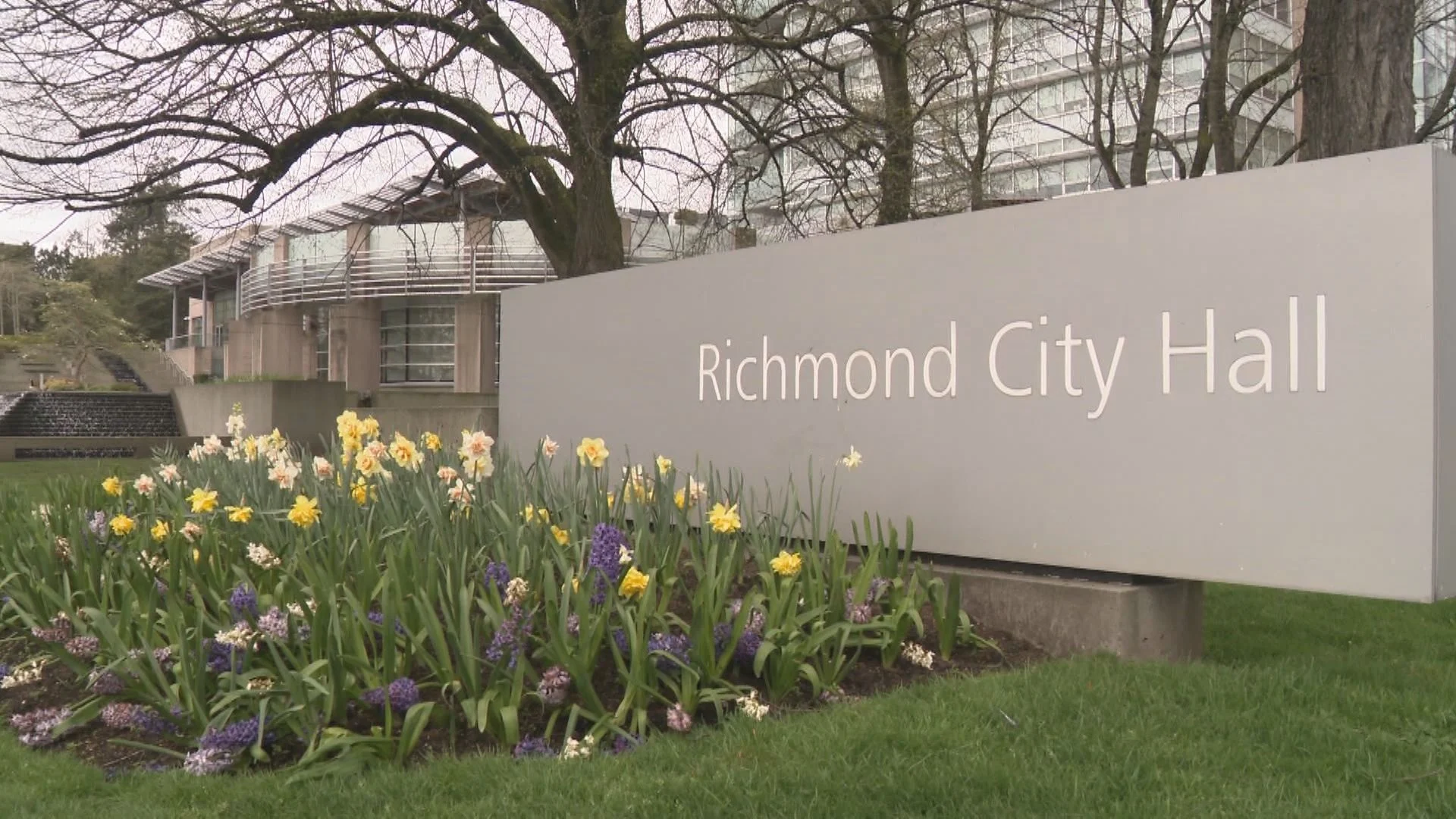Amid ongoing scrutiny of the governance structure of the Metro Vancouver Regional District following a critical report, a veteran figure in British Columbia politics is proposing an unconventional solution.
“Reducing the number of municipalities from the current 22-plus to six to eight would be beneficial,” suggested Mike Harcourt.
Harcourt, who held the position of B.C. premier from 1991 to 1996 and served as Vancouver’s mayor from 1980 to 1986, draws on his experience to address the current challenges faced by the regional government.
With the population of the Lower Mainland nearing 3 million, Harcourt believes it is time to reconsider the management of the region.
“Establishing a regional police force and addressing excessive mayoral salaries compared to the prime minister and premier are some of the issues that need attention,” he emphasized.
“Therefore, it is essential to take a fresh perspective on the matter,” he added.
Harcourt envisions a consolidation based on geography. He proposes merging the City and District of North Vancouver, West Vancouver, Bowen Island, and Lions Bay into a single municipality, as well as combining Coquitlam, Port Coquitlam, Port Moody, and Anmore. Surrey and White Rock should reunite, and the two Langleys should form a unified municipality, he argued.
He suggested that these six to eight mayors represent their respective municipalities on a revamped Metro Vancouver regional council, alongside directly elected representatives.
Despite Harcourt’s innovative ideas, they may not gain traction swiftly.
Minister of Municipal Affairs and Housing Ravi Kahlon characterized the proposal as an “ambitious concept,” emphasizing that any amalgamation discussions should be led by local authorities.
He highlighted the example of Victoria and Saanich, where a citizens’ assembly endorsed a merger, which will be subject to a public vote soon.
“I believe this is the appropriate path to move forward,” remarked Kahlon.
Gaining support from the impacted municipalities could prove challenging.
Discussions about amalgamation are not new to the two North Vancouvers and often evoke strong reactions. A merger referendum failed in 1968 despite overwhelming District support, and a 2018 District proposal to explore the idea was met with skepticism by the City due to concerns about maintaining its lower tax rates and surpluses.
In a similar vein, the City of Langley rejected a community-led merger proposal with the Township in 2012. Recently, the Township even proposed further separation, leading to the termination of the shared policing agreement between the two municipalities.
Despite these hurdles and others in various municipalities, Harcourt remains adamant about reevaluating the regional landscape.
“I am not advocating for immediate action,” he clarified.
“However, I believe it is an opportune time to reassess what governance model would be most effective given the region’s growth,” he concluded.




